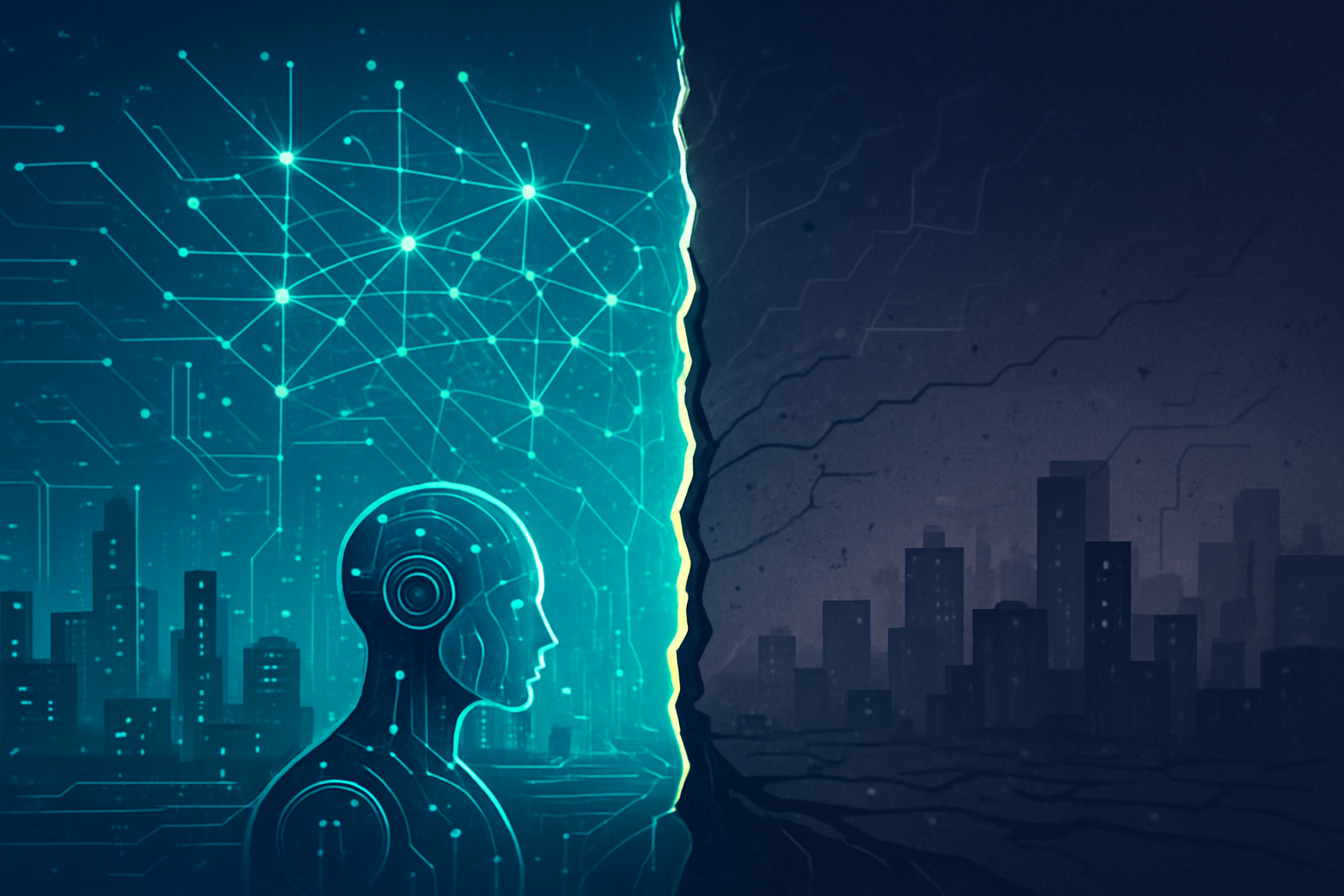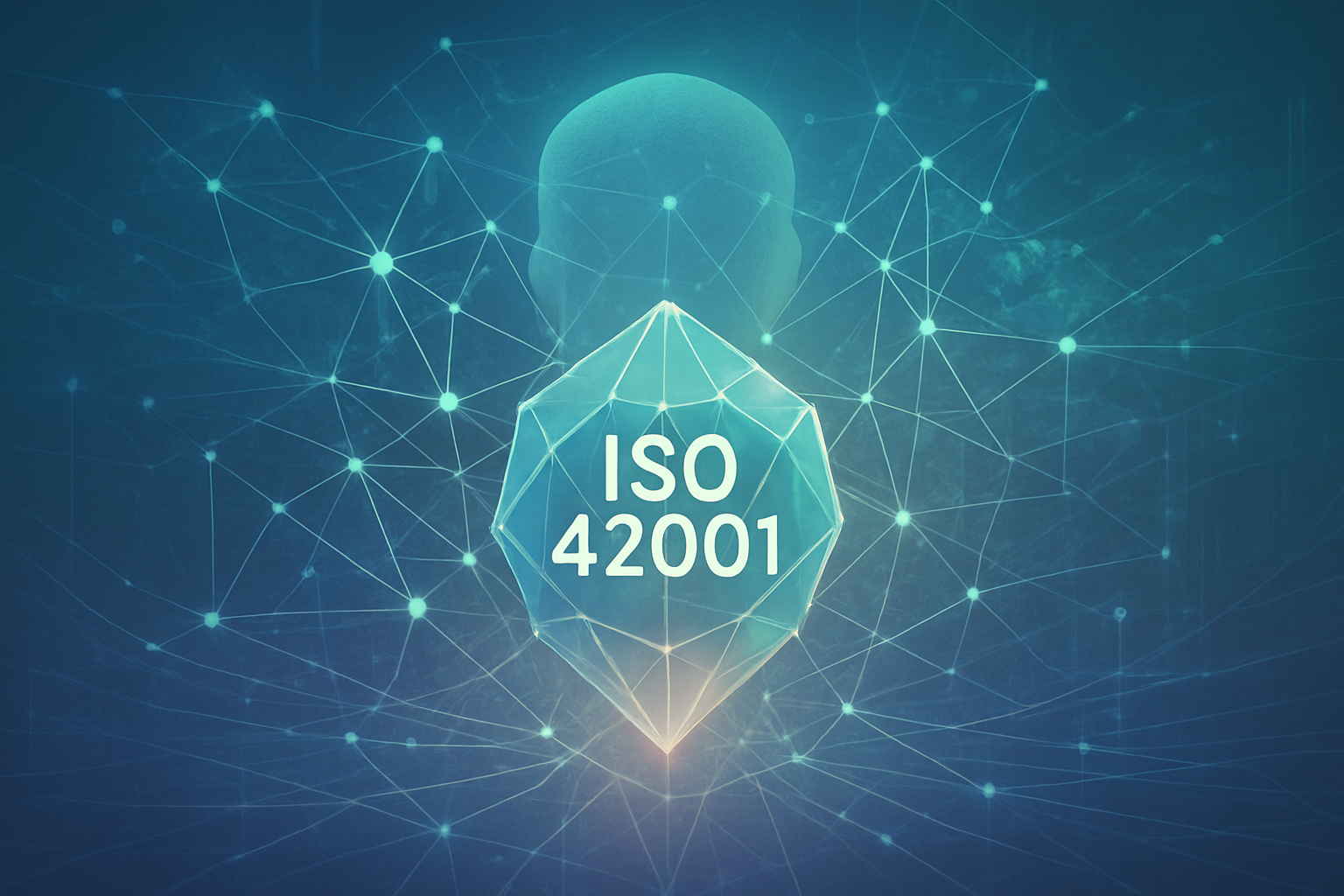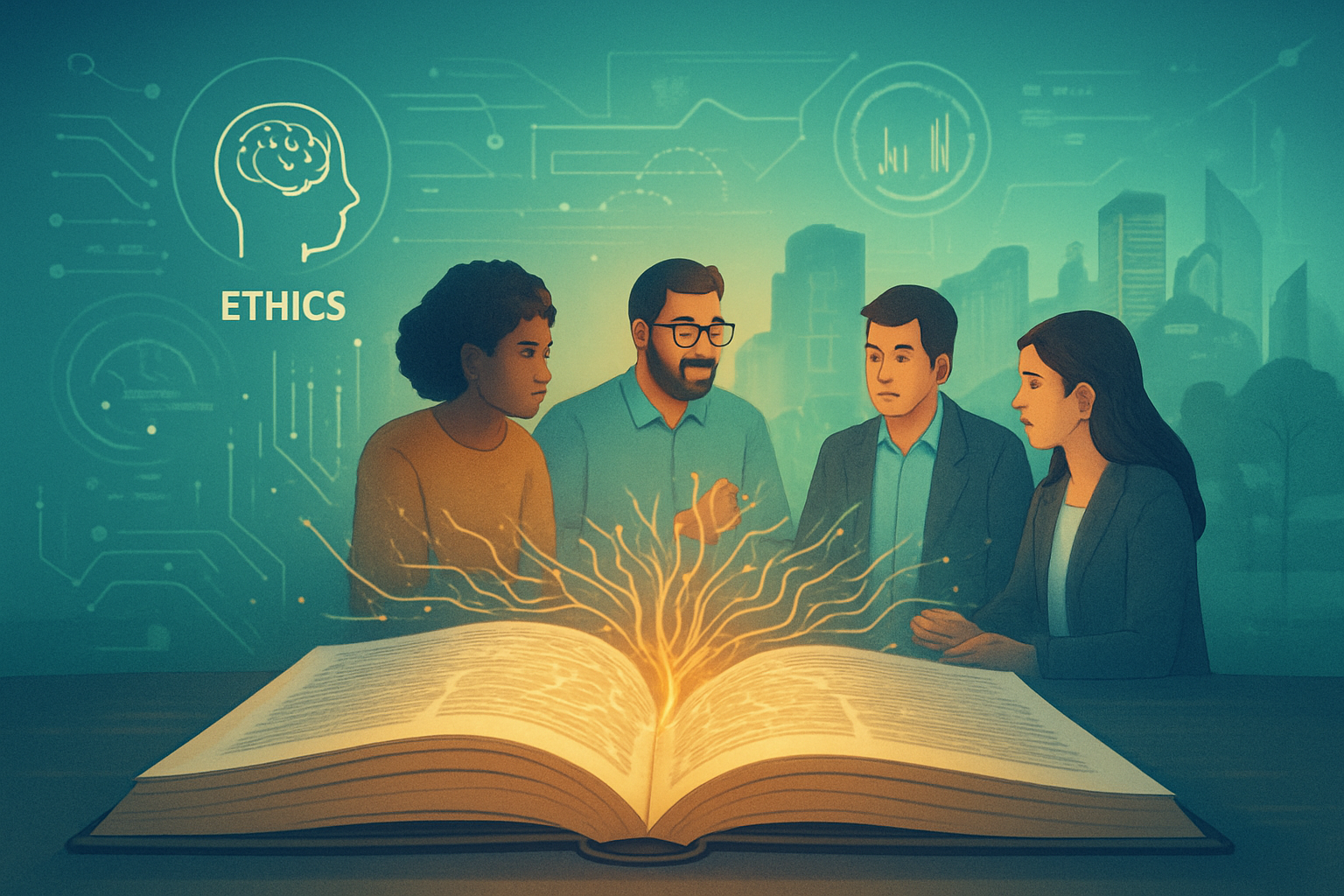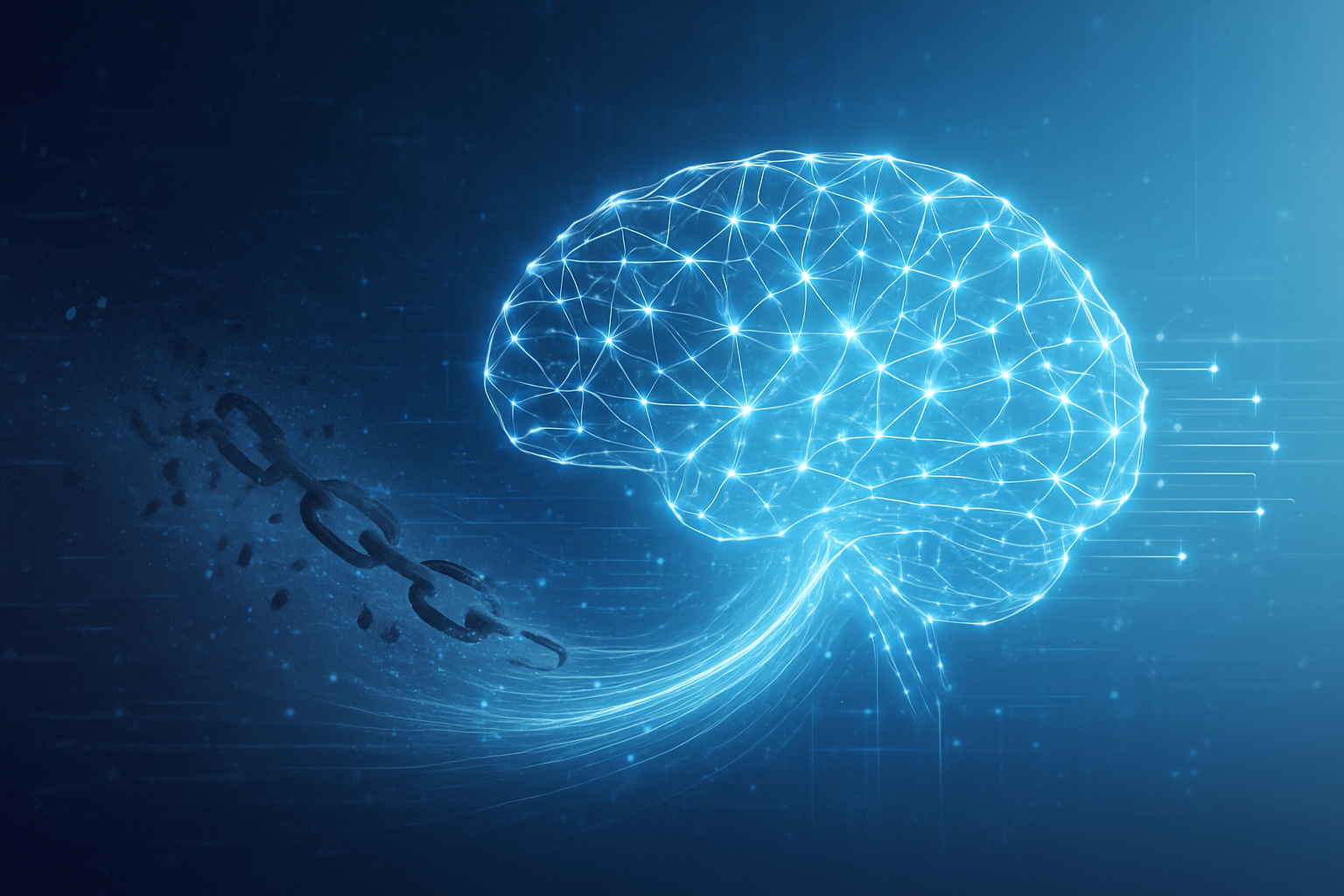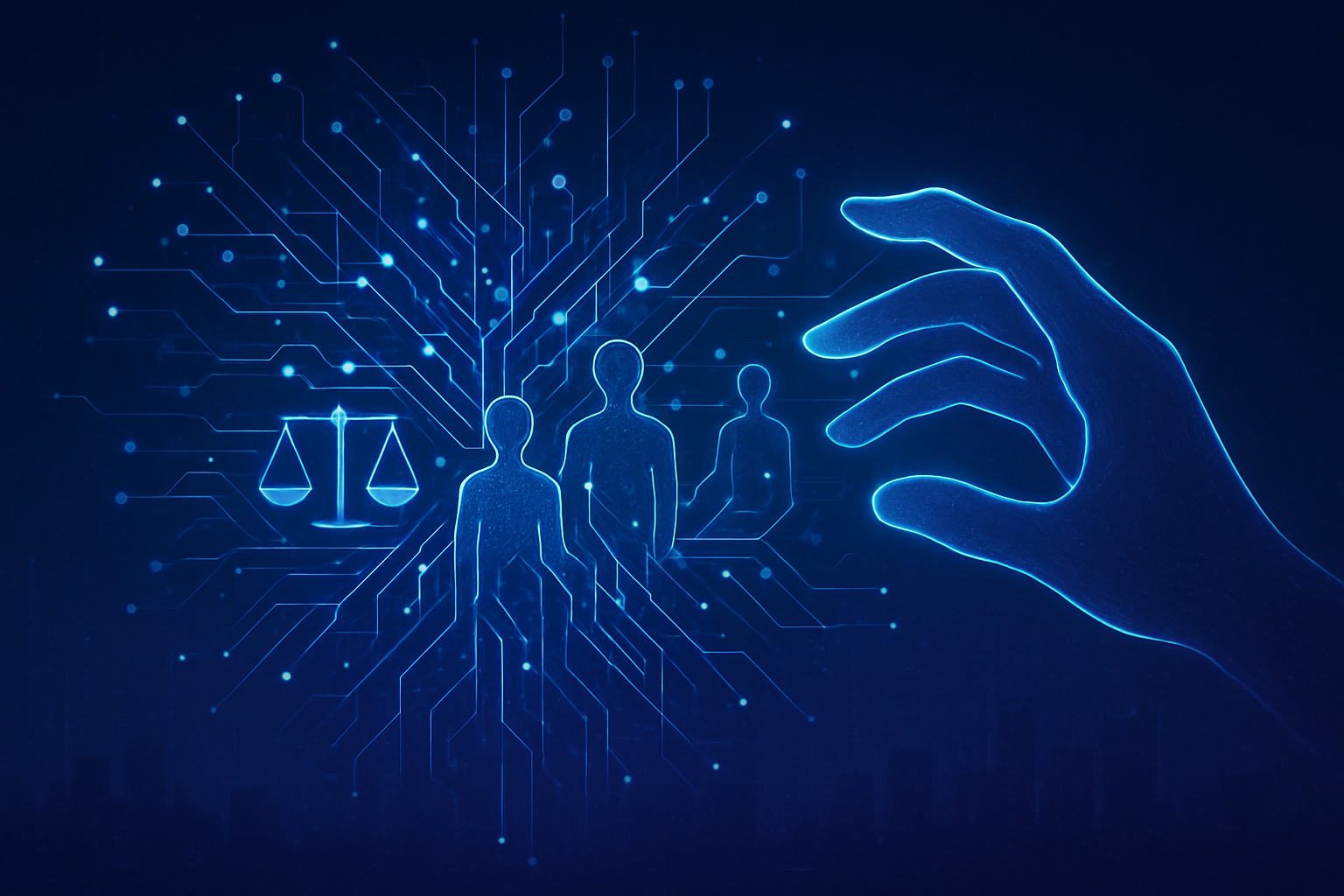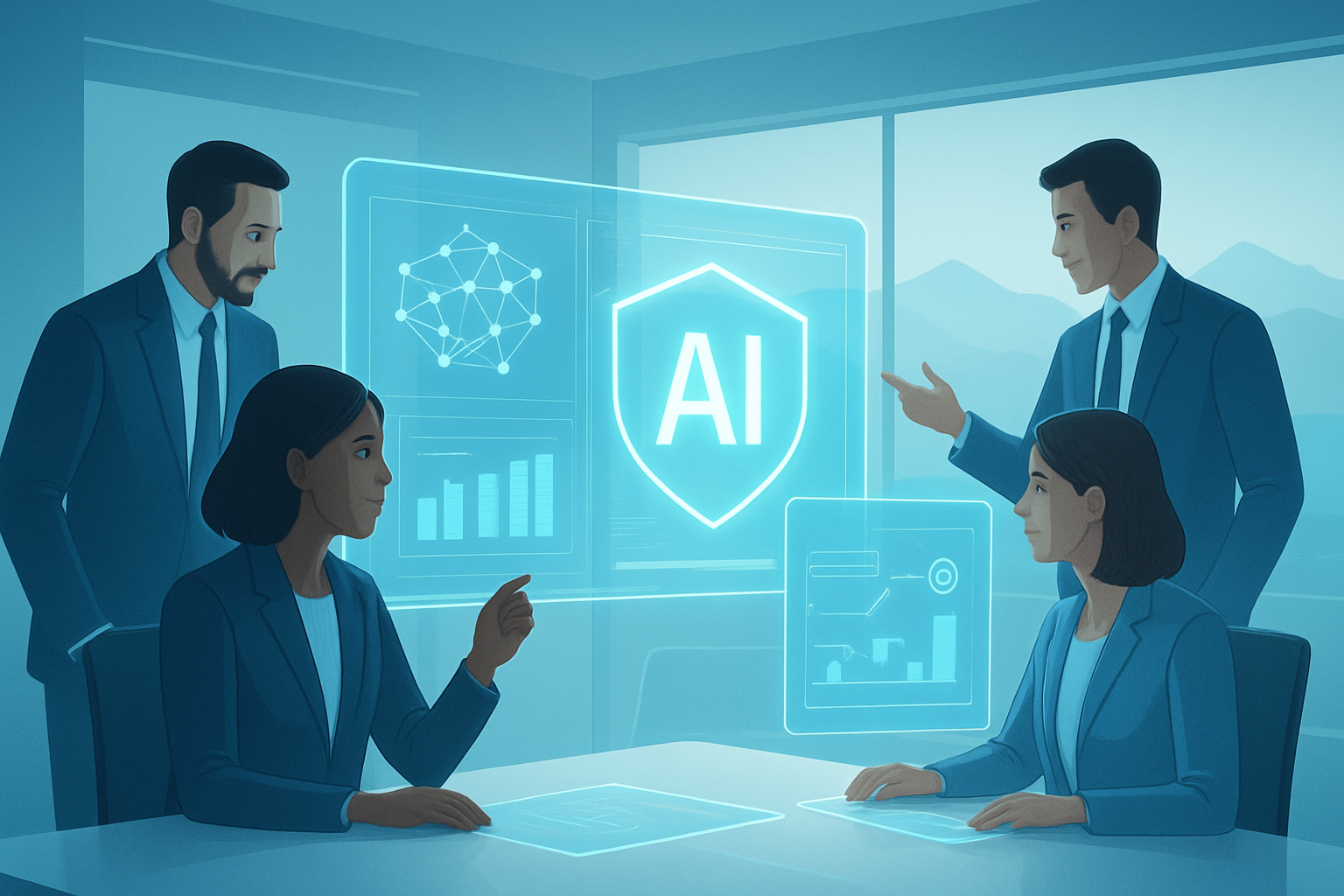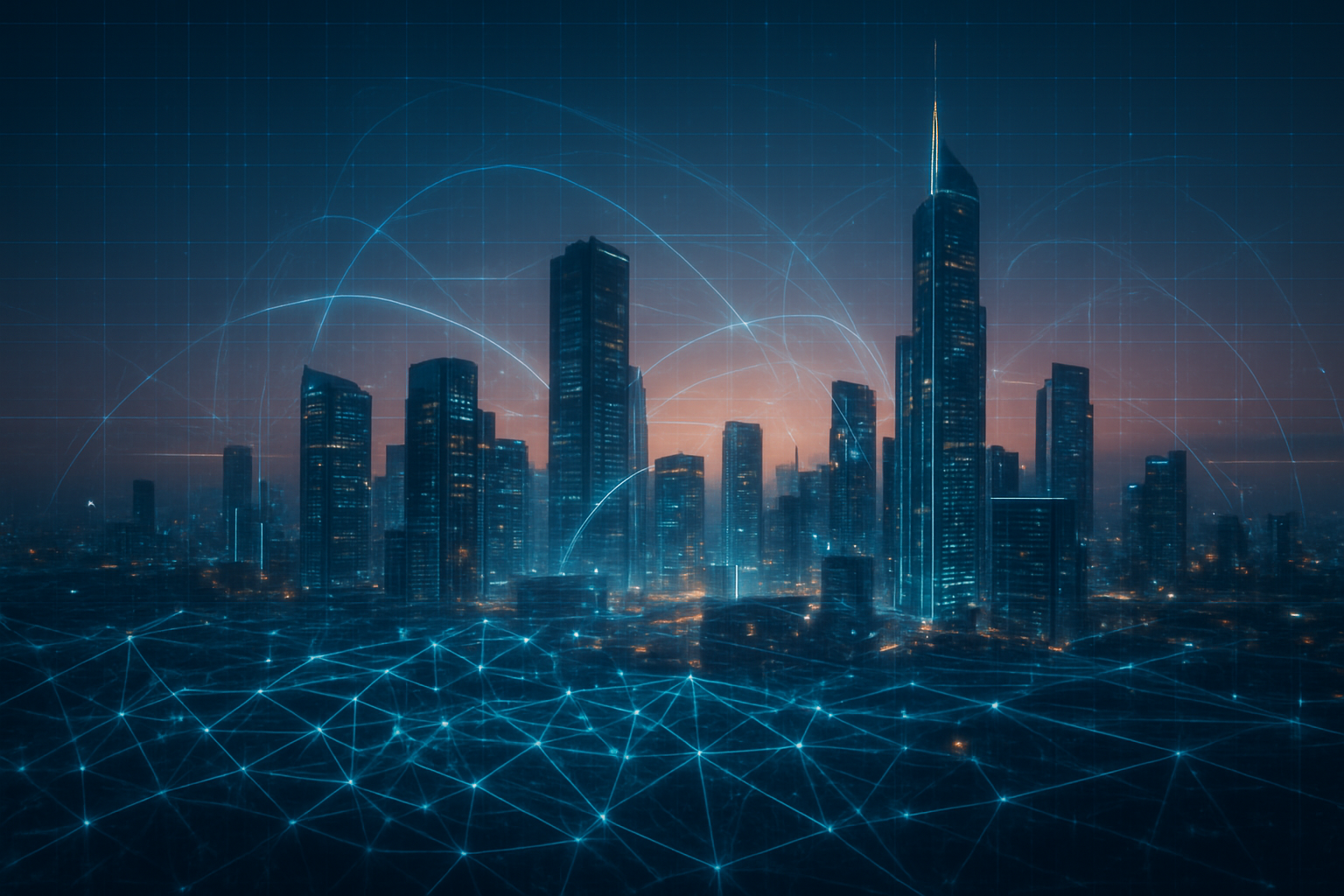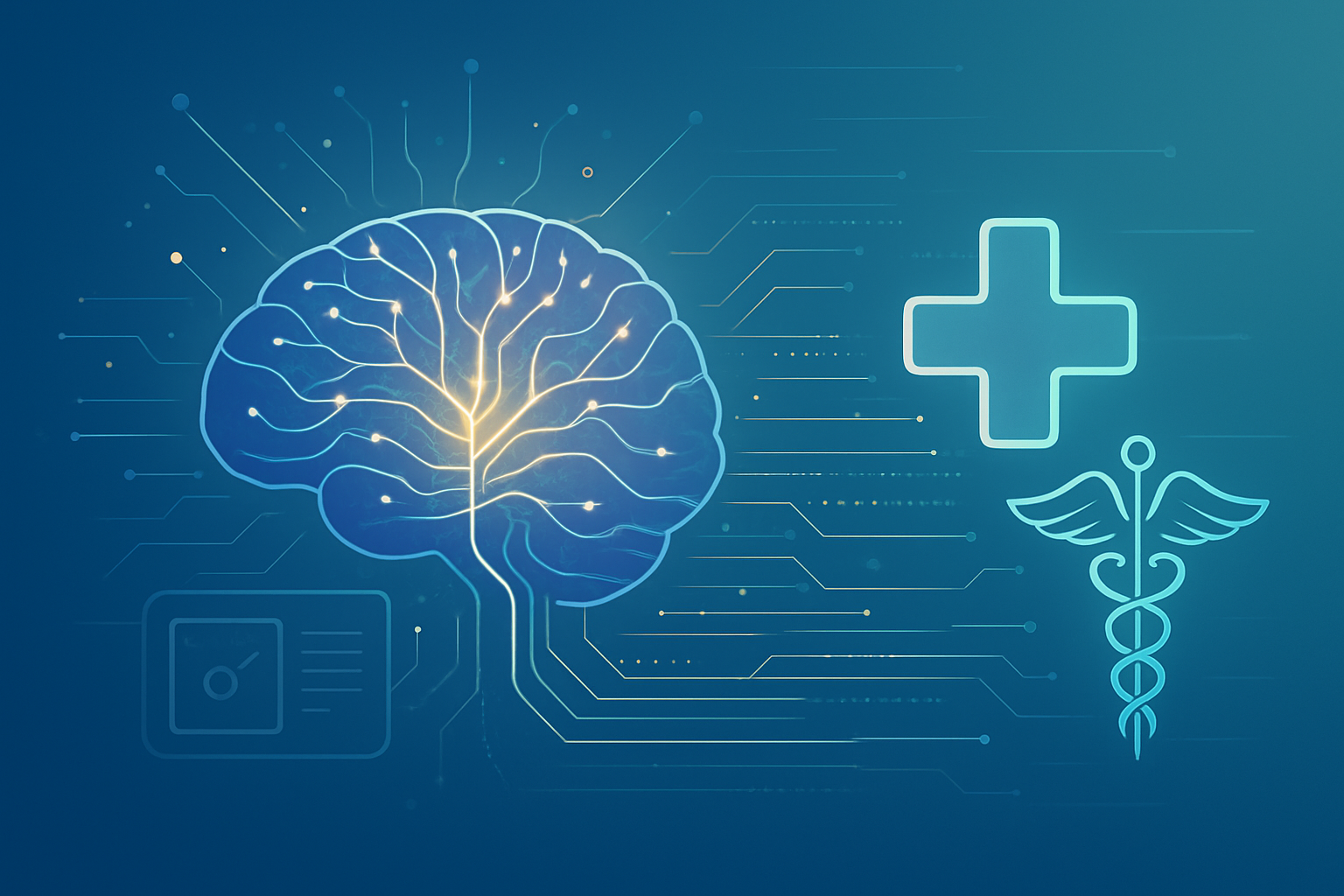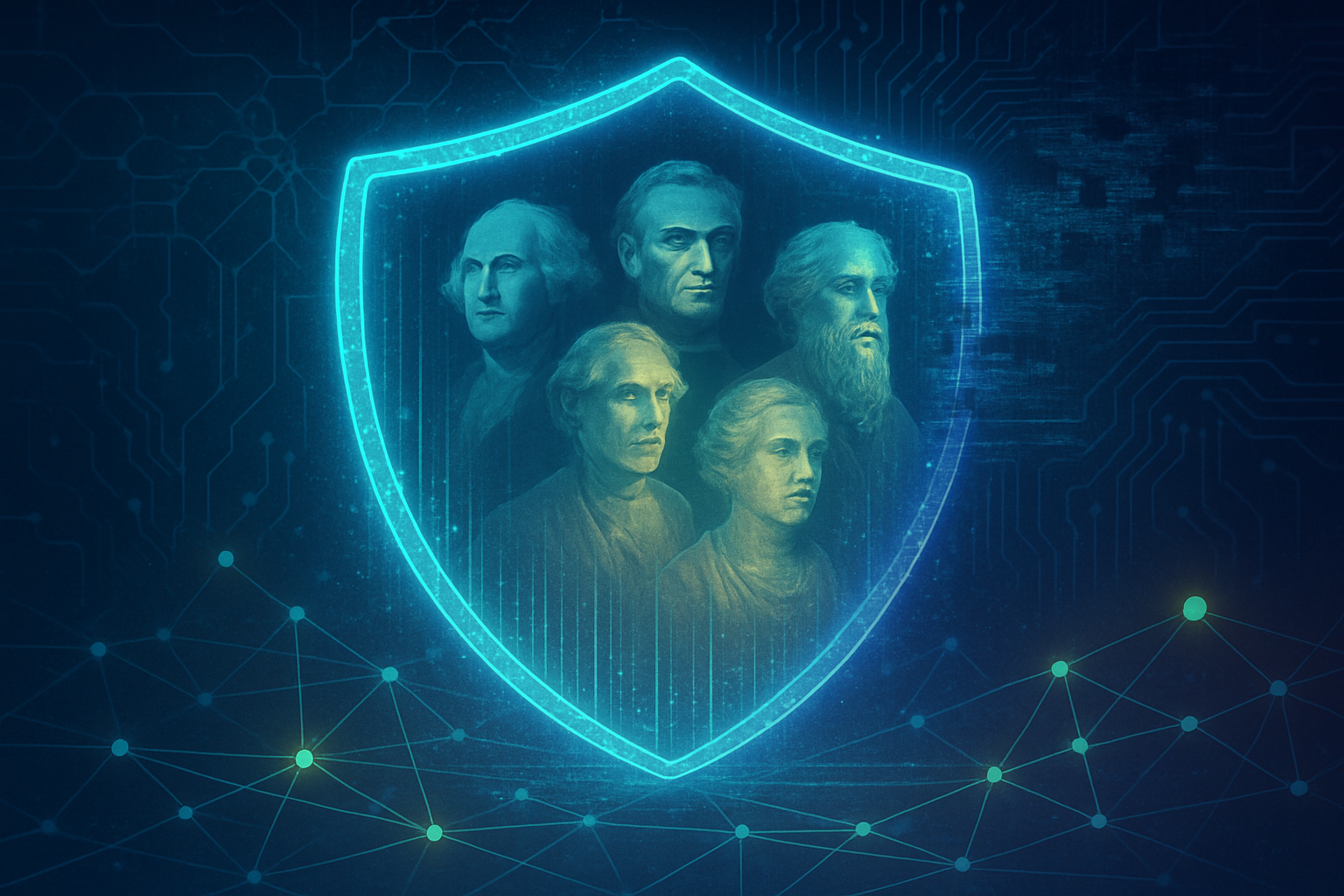Recent reports from the United Nations, notably the United Nations Development Programme (UNDP) and the UN Conference on Trade and Development (UNCTAD), have issued a stark warning: the unchecked proliferation and development of artificial intelligence (AI) could significantly exacerbate existing global economic disparities, potentially ushering in a "Next Great Divergence." These comprehensive analyses, published between 2023 and 2025, underscore the critical need for immediate, coordinated, and inclusive policy interventions to steer AI's trajectory towards equitable development rather than deepened inequality. The UN's message is clear: without responsible governance, AI's transformative power risks leaving a vast portion of the world behind, reversing decades of progress in narrowing development gaps.
The reports highlight that the rapid advancement of AI technology, while holding immense promise for human progress, also presents profound ethical and societal challenges. The core concern revolves around the uneven distribution of AI's benefits and the concentration of its development in a handful of wealthy nations and powerful corporations. This imbalance, coupled with the potential for widespread job displacement and the widening of the digital and data divides, threatens to entrench poverty and disadvantage, particularly in the Global South. The UN's call to action emphasizes that the future of AI must be guided by principles of social justice, fairness, and non-discrimination, ensuring that this revolutionary technology serves all of humanity and the planet.
The Looming "Next Great Divergence": Technical and Societal Fault Lines
The UN's analysis delves into specific mechanisms through which AI could amplify global inequalities, painting a picture of a potential "Next Great Divergence" akin to the Industrial Revolution's uneven impact. A primary concern is the vastly different starting points nations possess in terms of digital infrastructure, skilled workforces, computing power, and robust governance frameworks. Developed nations, with their entrenched technological ecosystems and investment capabilities, are poised to capture the lion's share of AI's economic benefits, while many developing countries struggle with foundational digital access and literacy. This disparity means that AI solutions developed in advanced economies may not adequately address the unique needs and contexts of emerging markets, or worse, could be deployed in ways that disrupt local economies without providing viable alternatives.
Technically, the development of cutting-edge AI, particularly large language models (LLMs) and advanced machine learning systems, requires immense computational resources, vast datasets, and highly specialized talent. These requirements inherently concentrate power in entities capable of mobilizing such resources. The reports point to the fact that AI development and investment are overwhelmingly concentrated in a few wealthy nations, predominantly the United States and China, and within a small number of powerful companies. This technical concentration not only limits the diversity of perspectives in AI development but also means that the control over AI's future, its algorithms, and its applications, remains largely in the hands of a select few. The "data divide" further exacerbates this, as rural and indigenous communities are often underrepresented or entirely absent from the datasets used to train AI systems, leading to algorithmic biases and the risk of exclusion from essential AI-powered services. Initial reactions from the AI research community largely echo these concerns, with many experts acknowledging the ethical imperative to address bias, ensure transparency, and promote inclusive AI development, though practical solutions remain a subject of ongoing debate and research.
Corporate Stakes: Who Benefits and Who Faces Disruption?
The UN's warnings about AI's potential to widen the rich-poor gap have significant implications for AI companies, tech giants, and startups alike. Major tech corporations, particularly those publicly traded like Alphabet (NASDAQ: GOOGL), Microsoft (NASDAQ: MSFT), Amazon (NASDAQ: AMZN), and Meta Platforms (NASDAQ: META), which are at the forefront of AI research and deployment, stand to significantly benefit from the continued expansion of AI capabilities. Their vast resources, including access to immense computing power, proprietary datasets, and top-tier AI talent, position them to dominate the development of foundational AI models and platforms. These companies are already integrating AI into their core products and services, from cloud computing and enterprise software to consumer applications, further solidifying their market positions. The competitive landscape among these tech giants is intensely focused on AI leadership, with massive investments in R&D and strategic acquisitions aimed at securing a competitive edge.
However, the concentration of AI power also poses risks. Smaller AI labs and startups, while agile and innovative, face an uphill battle in competing with the resource-rich tech behemoths. They often rely on venture capital funding and niche applications, but the high barrier to entry in developing foundational AI models can limit their scalability and impact. The UN report implicitly suggests that without proactive policy, these smaller entities, particularly those in developing nations, may struggle to gain traction, further consolidating market power within existing giants. Furthermore, companies that have historically relied on business models vulnerable to automation, especially those in manufacturing, logistics, and certain service sectors, could face significant disruption. While AI promises efficiency gains, its deployment without a robust social safety net or retraining initiatives could lead to widespread job displacement, impacting the customer base and operational stability of various industries. The market positioning of companies will increasingly depend on their ability to ethically and effectively integrate AI, not just for profit, but also with an eye towards societal impact, as regulatory scrutiny and public demand for responsible AI grow.
Broader Significance and the AI Landscape
The UN's report underscores a critical juncture in the broader AI landscape, moving the conversation beyond purely technological advancements to their profound societal and ethical ramifications. This analysis fits into a growing trend of international bodies and civil society organizations advocating for a human-centered approach to AI development. It highlights that the current trajectory of AI, if left unmanaged, could exacerbate not just economic disparities but also deepen social fragmentation, reinforce existing biases, and even contribute to climate degradation through the energy demands of large-scale AI systems. The impacts are far-reaching, affecting access to education, healthcare, financial services, and employment opportunities globally.
The concerns raised by the UN draw parallels to previous technological revolutions, such as the Industrial Revolution, where initial gains were disproportionately distributed, leading to significant social unrest and calls for reform. Unlike previous milestones in AI, such as the development of expert systems or early neural networks, today's generative AI and large language models possess a pervasive potential to transform nearly every sector of the economy and society. This widespread applicability means that the risks of unequal access and benefits are significantly higher. The report serves as a stark reminder that while AI offers unprecedented opportunities for progress in areas like disease diagnosis, climate modeling, and personalized education, these benefits risk being confined to a privileged few if ethical considerations and equitable access are not prioritized. It also raises concerns about the potential for AI to be used in ways that further surveillance, erode privacy, and undermine democratic processes, particularly in regions with weaker governance structures.
Charting the Future: Challenges and Predictions
Looking ahead, the UN report emphasizes the urgent need for a multi-faceted approach to guide AI's future developments towards inclusive growth. In the near term, experts predict an intensified focus on developing robust and transparent AI governance frameworks at national and international levels. This includes establishing accountability mechanisms for AI developers and deployers, similar to environmental, social, and governance (ESG) standards, to ensure ethical considerations are embedded from conception to deployment. There will also be a push for greater investment in foundational digital capabilities in developing nations, including expanding internet access, improving digital literacy, and fostering local AI talent pools. Potential applications on the horizon, such as AI-powered educational tools tailored for diverse learning environments and AI systems designed to optimize resource allocation in underserved communities, hinge on these foundational investments.
Longer term, the challenge lies in fostering a truly inclusive global AI ecosystem where developing nations are not just consumers but active participants and innovators. This requires substantial shifts in how AI research and development are funded and shared, potentially through open-source initiatives and international collaborative projects that prioritize global challenges. Experts predict a continued evolution of AI capabilities, with more sophisticated and autonomous systems emerging. However, alongside these advancements, there will be a growing imperative to address the "black box" problem of AI, ensuring systems are auditable, traceable, transparent, and explainable, particularly when deployed in critical sectors. The UN's adoption of initiatives like the Pact for the Future and the Global Digital Compact in 2025 signals a commitment to enhancing international AI governance. The critical question remains whether these efforts can effectively bridge the burgeoning AI divide before it becomes an unmanageable chasm, demanding unprecedented levels of cooperation between governments, tech companies, civil society, and academia.
A Defining Moment for AI and Global Equity
The UN's recent reports on AI's potential to exacerbate global inequalities mark a defining moment in the history of artificial intelligence. They serve as a powerful and timely reminder that technological progress, while inherently neutral, can have profoundly unequal outcomes depending on how it is developed, governed, and distributed. The key takeaway is that the "Next Great Divergence" is not an inevitable consequence of AI but rather a preventable outcome requiring deliberate, coordinated, and inclusive action from all stakeholders. The concentration of AI power, the risk of job displacement, and the widening digital and data divides are not merely technical challenges; they are fundamental ethical and societal dilemmas that demand immediate attention.
This development's significance in AI history lies in its shift from celebrating technological breakthroughs to critically assessing their global human impact. It elevates the conversation around responsible AI from academic discourse to an urgent international policy imperative. In the coming weeks and months, all eyes will be on how governments, international organizations, and the tech industry respond to these calls for action. Watch for concrete policy proposals for global AI governance, new initiatives aimed at bridging the digital divide, and increased scrutiny on the ethical practices of major AI developers. The success or failure in addressing these challenges will determine whether AI becomes a tool for unprecedented global prosperity and equity, or a catalyst for a more divided and unequal world.
This content is intended for informational purposes only and represents analysis of current AI developments.
TokenRing AI delivers enterprise-grade solutions for multi-agent AI workflow orchestration, AI-powered development tools, and seamless remote collaboration platforms.
For more information, visit https://www.tokenring.ai/.
